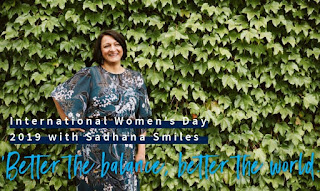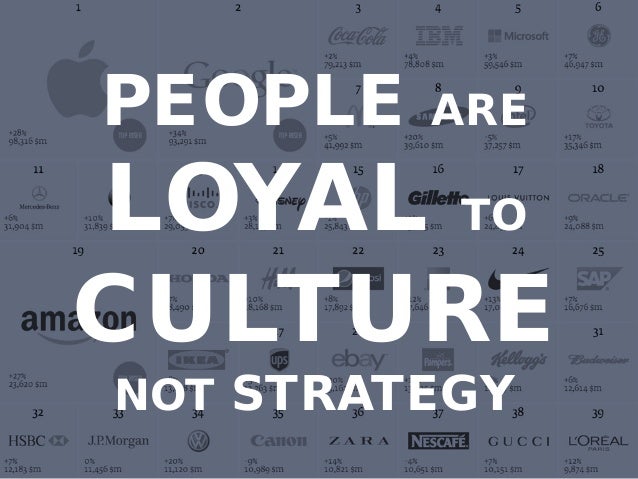On Friday 8 March, International Women’s Day 2019 (IWD) will celebrate the incredible
achievements of
women with the theme Balance for Better.
By raising awareness and acknowledging the important goal to achieve gender
balance between men and women, IWD inspires the community to debate and discuss
all we are yet to achieve.
This year’s theme resonates strongly
with me. The word
‘balance’ best describes what women continue to ask for - and I find my voice
amongst their many.
When it comes
to discussing and implementing gender balance in our personal and professional
lives, we continue to find ourselves at the starting gates. Whether it’s
balance in diversity, equality, financial success, positions in the board room,
within government, media and sport, the equilibrium favours men.
We continue to
have false starts when it comes to gender balance in Australia.
·
One
of our core political parties, The Australian Liberal Party, consists of white,
pale-stale men, preceding as reputation as a boys’ only club.
·
Australia
ranks 48th in the world in favour of female political empowerment.
·
Women
earn 15.3% less than men.
·
Women
aged between 60-64 will retire on half the superannuation that men will.
·
In
fact, many women will retire into poverty.
·
Women
in Australia work an extra 56 days to earn the same money as men for the same
job.
·
Women
spend twice as many hours each day performing unpaid care work.
·
1
woman a week is killed in Australia by her current or former partner.
·
1
in 2 women have reported experiencing workplace discrimination
These facts
drive home that what we’ve yet to achieve outweighs what we’ve accomplished to
date.
I see that the
world is waking up from its long slumber and is demanding balance. Women notice
the imbalance in different circumstances and are more confident to call it out.
Today, the voice of the people who see inequality is much louder than ever
before. The most recent example of public protest being the sister rallies in
the USA, opposing Trump, demanding equality and an end violence against women.
Balance for business
We understand balance to be
a state of equality and parity – yet our lived experience in business is a long
way from this ideal.
Balance is certainly not
having one woman on your board, or one woman on your leadership team - where it
is impossible to hear their opinion amongst numbers of men. While women remain
a minority in leadership positions and on boards, they are working together to present
a strong, influential voice that embraces their collective thoughts and
opinions.
Recent surveys by McKinsey
and PWC have revealed that businesses employing people from different
backgrounds are 35% more likely to outperform their competitors. Powerfully, 86%
of female millennials will only consider a prospective employer depending on
their diversity, equality and inclusion policies.
The conversation about
diversity in Australia is very much based on gender and diversity. Balance is
not just about equalizing the playing field for women - balance is about more
people from different backgrounds, ethnicities, sexualities and abilities.
Even though 1 in every 4
Australian is a migrant, the diversity gap and cultural glass ceiling is very real in Australia. Between 2004 and
2015, placement of women with ethnic backgrounds in executive roles in
Australia increased by only .9%. Our multicultural and diverse communities are under-represented
in corporate Australia, which has a negative impact on a local, national and
global scale.
My journey of being a female
leader from a culturally and linguistically-diverse background has been
challenging. People see my colour before they see me as a woman, and I have
always wanted to achieve more than the opportunities presented to me. I’ve had
to work twice as hard to get half as far.
We need to closely look at
the issue of balance in business through a different lens. If we can do that,
the next step would be to ask the question: how
do we shift the current paradigm?
·
It starts with our government, communities, business leaders and most
importantly, with us.
·
Be hyper-aware of the levels of balance in your business.
·
Commit to business strategies that will have a positive impact within a
certain time frame.
·
Make sure your talent pipeline is balanced.
·
Connect with those in your organisation who are from diverse backgrounds.
Ask about their journey, their challenges and share their stories to gain an
understanding and positive connection.
·
Engage customers with this vision and your direction towards diversity. It
is just as important for them to be aware of your values as it is for you to
live them.
·
Don’t outsource or make it HR’s responsibility to achieve balance. Ensure
your organisation’s business strategy reflects your community and role as a
leader.
You can’t be what you
can’t see!
In 2013 I was
at a breakfast with the Victorian Telstra Finalists and we were all seated
around a large round table, each one of us eyeing the other, making mental
notes on who we thought would win.
Part of the
morning was dedicated to getting to know each other, share who we are, what we
did and a little about our businesses. This breakfast was a turning point for
me. As I listened to all these amazing women, I realised something about myself
that horrified me.
I did business
like a man. Upon reflection, the reason I did business ‘like a man’ was quite
simple. All my role models and mentors were men. I was a part of the first-wave
of strong female leaders with robust opinions and goal-driven aspirations – like
most men in business. There are many women in organisations around the country
(just like me) that only have male role models. If we are serious about balance, male and female leaders need to make
stronger connections with talented female mentors in business and beyond.
Without a doubt,
balance is the option we need and deserve as a community. If we can’t see it in
our workplaces and our homes, then we can’t be it. If we better the balance, we
will better the world. We could make huge gains towards balance if leaders made
equality a priority and core to their business strategy.
This is not an issue for
our children to fix. It is up to us to ensure that the next generation inherits
a better, more balanced world.




